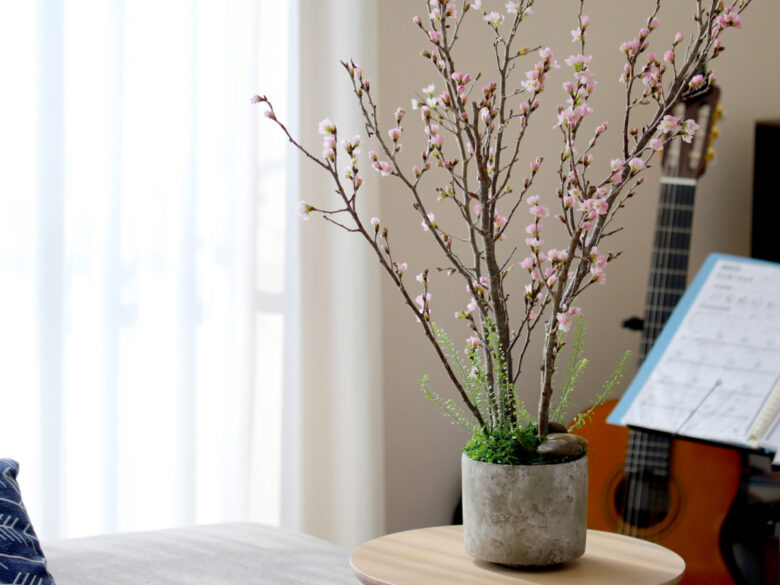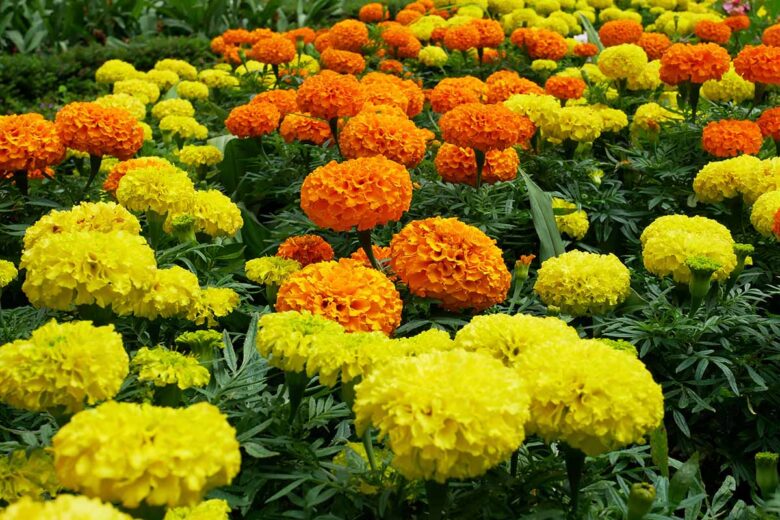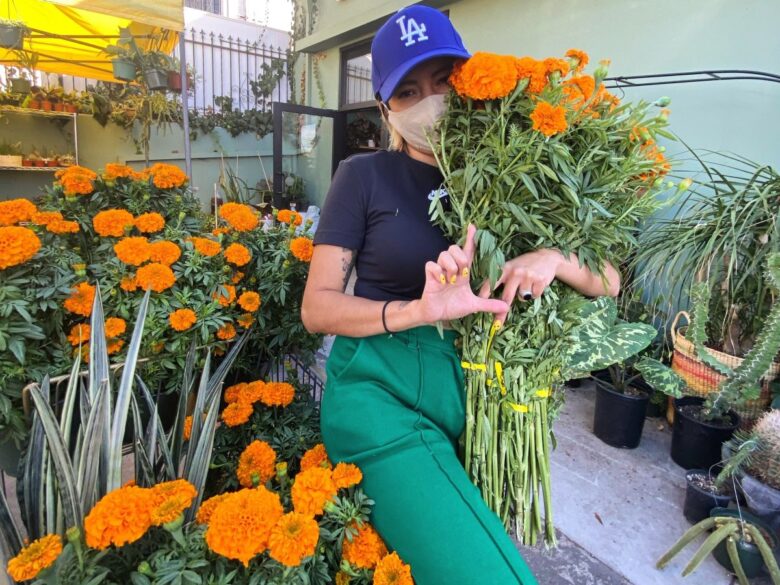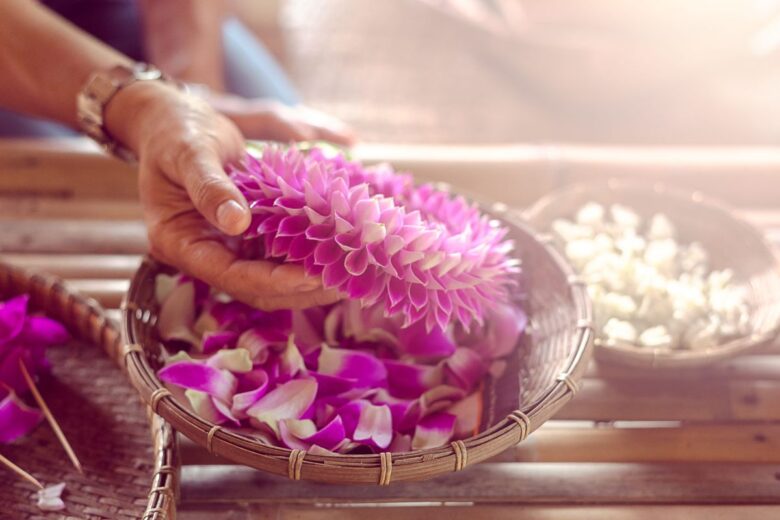Flowers have always held a special place in human culture, transcending language and borders to convey deep emotions and messages of love, gratitude, and remembrance. In this global journey, we embark on an exploration of how different cultures and traditions view and use floral gifts that can be ordered via order flowers online, unveiling the rich tapestry of meanings, customs, and rituals associated with the act of giving and receiving flowers.
Contents
Japan: The Art of Ikebana and Cherry Blossoms

Source: japantoday.com
Our first stop takes us to Japan, a country renowned for its refined aesthetics and deep appreciation for the beauty of nature. In this land of ancient traditions and graceful artistry, we encounter the captivating world of Ikebana, a contemplative form of flower arrangement that has been practiced for centuries.
Ikebana, which translates to “living flowers,” transcends the realm of mere decoration. It is a harmonious expression of the delicate balance between nature and human creativity. Each stem, leaf, and blossom is carefully selected and placed with precise intention to create a captivating composition that exudes tranquility and reverence for the natural world.
In the realm of Japanese flowers, none captivate the imagination and stir the emotions quite like the cherry blossoms. These delicate and ephemeral flowers, known as sakura, hold a sacred place in the hearts of the Japanese people. Blooming for just a fleeting period, often lasting no more than a week, they serve as a poignant reminder of the transient nature of life and the profound beauty that can be found in each passing moment.
India: Garlands and Marigolds

Source: gardenerspath.com
Our next destination is India, a land vibrant with color, spirituality, and rich cultural traditions. In India, flower garlands are ubiquitous, adorning temples, homes, and even individuals. The artistry involved in creating intricate garlands is remarkable, with skilled artisans weaving together a variety of flowers into stunning arrangements.
Garlands in India hold great symbolic importance. They are often used in religious and cultural ceremonies, signifying purity, auspiciousness, and celebration. Each flower in the garland represents a different facet of life or divine qualities, infusing the atmosphere with positive energy and spirituality.
Among the flowers revered in India, marigolds stand out prominently. These vibrant orange blossoms are associated with various festivals and rituals, symbolizing purity, prosperity, and spiritual enlightenment. Their distinct fragrance and radiant hue add a sense of joy and enthusiasm to any occasion.
Mexico: Day of the Dead and Cempasúchil

Source: npr.org
Our journey now takes us to Mexico, a land steeped in ancient traditions and vibrant cultural celebrations. Among these, the Day of the Dead stands out as a unique and colorful festival that honors deceased loved ones while celebrating the continuity of life. Flowers, particularly the vibrant orange marigolds known as cempasúchil, play an integral role in this joyous commemoration.
Rooted in indigenous customs and beliefs that predate the arrival of the Spanish conquistadors, the Day of the Dead is a time when families come together to honor and remember their departed relatives. Spanning from October 31st to November 2nd, this vibrant festival is a celebration of life’s cycles and the enduring connection between the living and the dead.
Central to the Day of the Dead are the ofrendas, or altars, that families meticulously construct in their homes and at gravesites. These altars serve as a focal point for remembrance and celebration, adorned with a myriad of symbolic offerings. Among them, the presence of marigolds is particularly prominent.
The bright orange petals of the cempasúchil, often referred to as the flower of the dead, are believed to guide the souls of departed loved ones back to the earthly realm for a joyous reunion. It is said that the vivid color and fragrance of the marigolds attract the spirits, ensuring a seamless transition between the realms of the living and the dead.
Hawaii: The Lei of Aloha

Source: hawaiiactivities.com
Our final destination takes us to the tropical paradise of Hawaii, where the lei culture flourishes. The lei, a garland of flowers, has deep cultural significance in Hawaiian traditions. It serves as a symbol of love, respect, and hospitality, and it is commonly bestowed upon both visitors and loved ones.
The art of creating leis is a revered craft, with skilled artisans intricately threading and braiding flowers and foliage to create stunning works of art. The choice of flowers is not arbitrary; each type carries its own symbolism. For instance, plumeria represents beauty and grace, while orchids symbolize luxury and elegance.
The act of giving and receiving a lei is accompanied by a sense of warmth and connection. It is a gesture that encapsulates the spirit of aloha, conveying affection, respect, and a genuine welcome to the recipient.
Conclusion
Flowers, with their universal language of beauty and emotion, hold profound significance in cultures across the globe. By exploring the cultural traditions and meanings associated with floral gifts worldwide, we gain a deeper appreciation for the diverse ways in which flowers are cherished and exchanged.
Whether it is the serene art of Ikebana in Japan, the vibrant garlands and marigolds of India, the colorful altars of Mexico’s Day of the Dead, or the lei culture of Hawaii, flowers play an integral role in expressing love, spirituality, and cultural identity.
So, the next time you give or receive a bouquet of flowers, take a moment to reflect on the rich tapestry of meanings they hold. Celebrate the beauty of cultural diversity and embrace the timeless tradition of sending flowers as a token of affection and goodwill, knowing that this simple act transcends boundaries and unites us all in a shared appreciation of nature’s exquisite creations.
